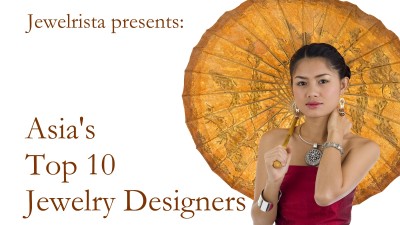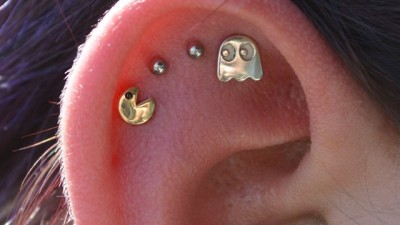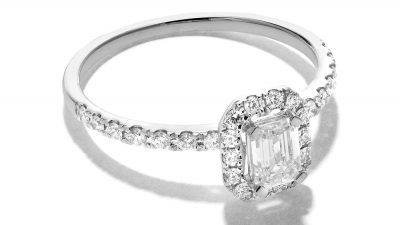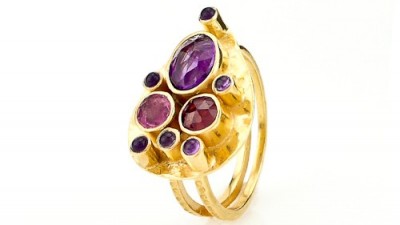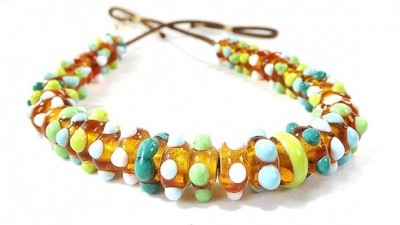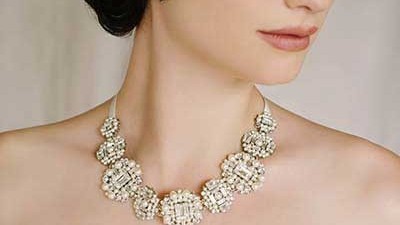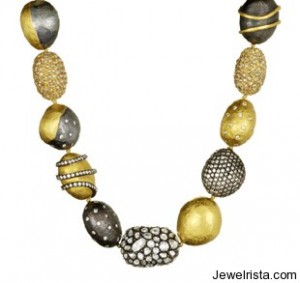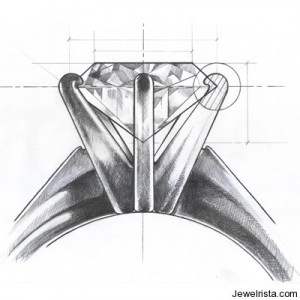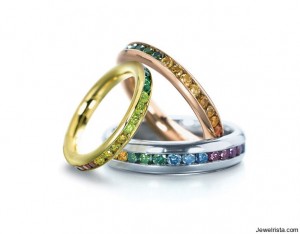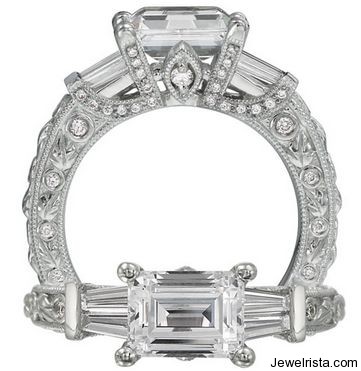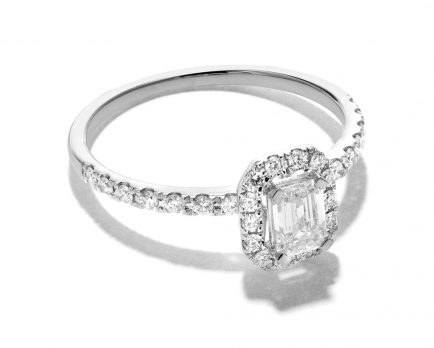Jewelry Advice by Jewelrista.
Following the previous jewelry advice about how to choose the best engagement ring, it’s now time to dive into the different type of engagement ring settings.
There are two major components that make up an engagement ring, or any ring that holds gemstones for that matter. The shank is the metal band that goes around the finger, while the head or heads are the piece that holds the gemstones in place on the ring.
The shank might also have grooves, channels or hollows that can hold smaller gems, the head will hold the larger stones. The head of a ring varies from ring to ring; there are many different types of heads including prong, channel flush bead, pave, invisible, tension, bar or bezel. Below you will find information about each type of setting and why it is different from the others.
Prong Engagement Ring Setting
A prong setting is the most popular type of engagement ring setting. If done incorrectly, the diamond or gemstone could fall out easily. Also, if a prong is damaged or broken, it should be rather easy to fix. Prongs look much like little metal claws and they are set diagonally in order to affix to the diamond or gemstone to hold it in place. There can be anywhere up to 12 prongs depending on the size and shape of the diamond.
Channel Engagement Ring Setting
The channel type of engagement ring setting is most popular in bands, it provides great protection for the diamonds or gemstones, as none of the edges of the gems are exposed. Hard knocks or wear and tear will not normally have an effect on an engagement ring with a channel setting. When a large diamond is set in a channel setting, you will have a better all over view of the diamond without anything in the way.
Example: Etienne Perret Diamond Channel Bands
Pave Engagement Ring Setting
A pave type of setting is where surfaces of the ring is paved or covered in diamonds. These diamonds are placed in small holes drilled into the ring’s shank. Most pave setting rings have diamonds that are very similar in size and color and are spaced evenly in rows or columns.
Invisible Engagement Ring Setting
An invisible engagement ring setting is the most elaborate setting. Stones almost seem to be floating in a grid or covering a part of the shank and don’t show any of the metal. Square or princess cut stones are most commonly used with an invisible setting, it is trimmed precisely to fit next to other gems, and then small grooves are cut into the back of the diamond or gemstone. The stone is then held in place by the use of pins, wires, bars or plates. These must be done correctly and are very difficult to repair if the gem pops out.
Tension Engagement Ring Setting
A tension setting looks much like an invisible setting in the sense that it also looks as if it is floating in the ring. With a tension ring setting the diamond will be pressed by the girdle on both sides of the ring. The metal ends have grooves called seats where the girdle fits into the small sections. This type of setting is made for almost every shape of diamond or gemstone.
Bar Engagement Ring Setting
A bar setting is very popular in bands and anniversary rings as well as necklaces and bracelets. Metal bars are flush with the top of the diamond and are visible through the diamond itself. The bars have a channel that a girdle fits into and the diamond will fit snug at the base.
Bezel Engagement Ring Setting
This type of engagement ring setting is an ancient technique. A collar of metal will wrap around the gemstone and covers about 10% of the diamond. Though more popular in men’s jewelry it also requires much harder work than a traditional prong setting so it is likely to be more expensive. There is also a variation of this setting method called a half bezel.
Flush Engagement Ring Setting
The flush setting is much like it sounds; the diamonds are sunk into the mounting until they are even with the shank surface. Only the top and some of the faucets of the crown will show in this type of engagement ring setting. It is becoming increasingly popular, but one down-side is that since not much of the diamond shows, there is less sparkle involved.
Jewelry Advice by Jewelrista. Image source 1.



